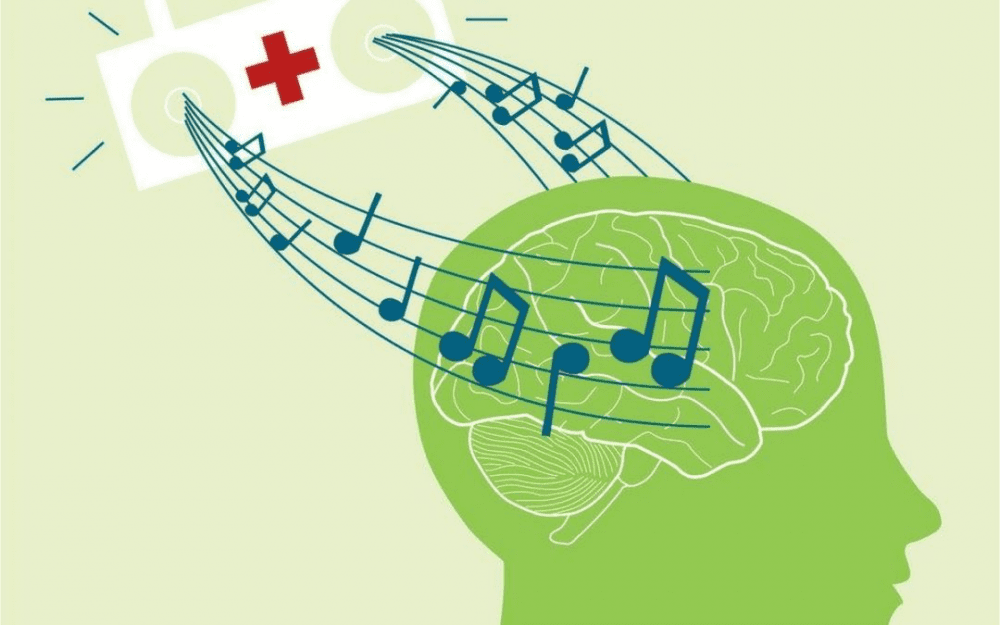“I'm 35 and autistic. I’ve spent most of my life with a mind that never stops—constantly overwhelmed, overstimulated, and exhausted. But listening to this… it brought me a calm I’ve never felt before. For the first time, my thoughts were quiet. I’m literally crying while listening because I didn’t know my brain could feel like this. Thank you. This is more than music—it’s medicine for the soul.”
@Ashleypower2821
”The research underscores the value of shared and comfortable spaces. Heasman illustrates how activities like gaming create rapport even when coherence is low, whileWilliams and Funawatari point to the authenticity that emerges in autistic autistic spaces with reduced pressure to mask. Marocchini expands this by calling for environments where unmasking is not only accepted but actively supported.“
Zoe Xiao
Written by Zoe Xiao
Introduction
Autism spectrum disorder (ASD) affects 1 in 36 children in the United States. Communication difficulties between autistic and non-autistic individuals are often attributed to autistic traits, yet the "Double Empathy Problem" reframes these challenges as mutual misunderstandings. This raises a critical question: should autistic individuals be responsible for changing their behavior to "fit in," or can communities adapt their communication styles to bridge the gap?
Method
Following PRISMA guidelines, PubMed and Google Scholar were searched (July 20, 2025) for studies involving both autistic and non-autistic participants, with interventions aimed at non- autistic individuals. Ten articles met inclusion criteria, including empirical studies, qualitative analyses, and theoretical papers.
Results
Evidence consistently showed that autistic-autistic interactions often have higher rapport and mutual understanding than cross-neurotype exchanges. Interventions targeting non-autistics- such as autism acceptance training, perspective-taking, and shared-interest activities such as musical therapy and video gaming-improved communication quality, reduced bias, and fostered inclusion. Benefits were observed in workplaces, educational settings, and clinical contexts, with some effects persisting over time.
Conclusion
Findings challenge the assumption that autistic individuals must bear the sole burden of adapting to non-autistic norms. Community-led adaptation, supported by targeted training is both possible and effective. Shifting from deficit-focused approaches toward mutual accommodation may reduce masking, improve social connection, and promote genuine inclusion.
